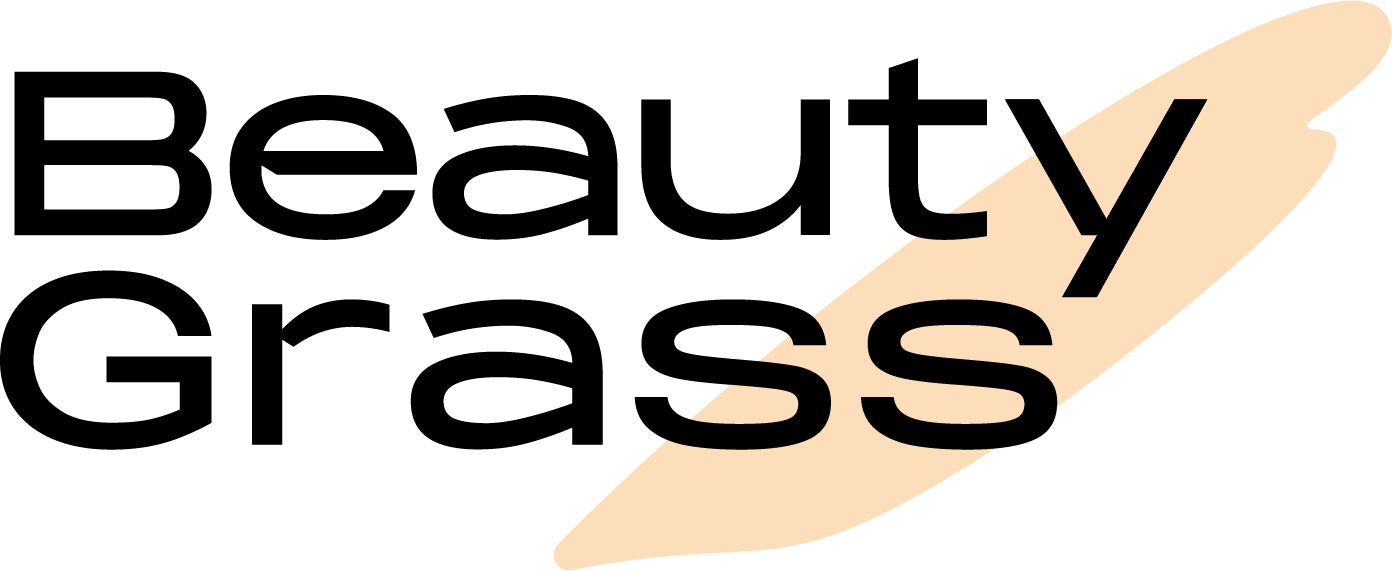
As an esthetician with three decades of experience, I've seen countless skincare trends come and go. But here's an unpopular belief I stand by: your skin actually needs the sun. Now, before you close this tab in disbelief, hear me out. This isn't about throwing caution to the wind; it's about fostering a healthy relationship with sunlight.
The Hidden Face of Sun Damage
First things first: sun damage isn't always visible.
You might think you're in the clear because you don't have noticeable hyperpigmentation, but sun damage can lurk beneath the surface.
Those UVA rays (think "A" for aging) can silently wreak havoc on your skin's deeper layers, while UVB rays (think "B" for burning) cause more immediate, visible damage.
Identifying Invisible Sun Damage on Skin
Sun damage isn't always obvious. While we often associate it with visible signs like sunburns, freckles, or age spots, much of the damage occurs beneath the surface and isn't immediately noticeable.
Here's how you can identify this hidden damage:
-
Use a UV camera: These specialized devices can reveal sun damage that's not visible to the naked eye.
-
Wrinkles: A classic. Especially around the eyes and mouth, can be early indicators of sun damage.
-
Skin elasticity: Gently pinch your skin and see how quickly it bounces back.
-
Rough skin texture: Sun-damaged skin often has a rougher, less-even texture.
-
Broken capillaries: These tiny, visible blood vessels near the surface of the skin can be a sign of sun damage, especially on the cheeks and nose.
-
Skin sensitivity: If your skin has become more sensitive or reactive over time, this could be due to sun damage weakening the skin barrier.
-
Sudden changes: Keep an eye out for any new growths, moles, or changes in existing skin marks, as these can be signs of more serious sun damage.
Pro tip: If you suffer from hyperpigmentation or melasma, you can read this article: Natural Remedies Hyperpigmentation and Melasma that gets into what you should be doing, why you should actually be avoiding lasers and peels, and more.
But while sun damage isn’t great, we actually shouldn’t be avoiding the sun.
Embracing the Sun: The Benefits You Didn't Know About
Now, let's talk about why I'm not entirely anti-sun. Counter to a lot of popular ‘wisdom’ there are benefits of sunlight for skin health and healing. Shicker, I know.
Vitamin D, often called the "sunshine vitamin," is crucial for our health. But did you know it also plays a vital role in skin healing?
When your skin soaks up those rays (in moderation, of course), it kickstarts vitamin D production, which can help with everything from wound healing to managing skin conditions.
Beyond Vitamin D, there are some other benefits:
-
Improved skin healing: Sunlight can help stimulate the production of certain growth factors in the skin, which may aid in wound healing and tissue repair.
-
Regulation of circadian rhythms: Exposure to natural sunlight helps regulate our body's internal clock, which can indirectly benefit skin health by promoting better sleep patterns and stress reduction.
-
Better heart health: Sunlight exposure stimulates the release of nitric oxide in the skin, which can help lower blood pressure and potentially improve cardiovascular health.
-
Mood enhancement: Sunlight exposure increases serotonin levels, which can improve mood. This indirect benefit can reduce stress-related skin issues.
-
Improved Skin: Controlled UV exposure can be beneficial for some skin conditions like psoriasis, eczema, and jaundice in newborns.
-
Improved skin barrier: Moderate sun exposure may help strengthen the skin barrier.
-
Enhanced immune function: Sunlight exposure can boost the immune system, which may help the skin fight off infections and heal more efficiently.
-
Improved acne: For some individuals, limited sun exposure can help improve acne and cystic acne by reducing inflammation and killing acne-causing bacteria.
It's crucial to note that these benefits come with careful, moderate sun exposure. Overexposure can still lead to skin damage, premature aging, and increased skin cancer risk. The key is finding a balance and practicing safe sun habits.
Finding Balance: Sun Protection without Total Avoidance
So, how do we reap the benefits of the sun without risking damage? It's all about balance. Here are some tips:
-
Embrace early morning or late afternoon sun when UV rays are less intense.
-
That said, it is important to get midday sun for 20 minutes for the vitamin D benefits. I recommend covering your face and wearing a hat but be sure to let your extremities get sun without sunscreen.
-
Start with short exposures and gradually increase your time in the sun.
-
Use a broad-spectrum sunscreen that protects against both UVA and UVB rays. I love Suntegrity, Bask Sunscreen, and Elta MD Sunscreen.
-
Consider internal sun protection through antioxidant-rich foods. Watermelon is one of my faves. Also, I love HelioCare, Fernblock. Fernblock is a plant protective photoprotective. you can use this topically and orally. This natural antioxidant helps protect our skin cells from UVA & UVB damage. In addition, it promotes collagen, elastin, and hyaluronic acid production in the skin.
-
Neova's DNA Total Repair is fantastic is you do have damage.

Pro tip: Read about all my favorite ‘Foods For Glowing Skin’ for more.
✨Jenny Jewel✨
I love this Vitamin D app, dminder. It uses GPS to figure out where you are on the planet then computes when you can get D, how much of it you can make, and gives you a timer. It’s great.
We also have a full podcast episode on this very topic!

